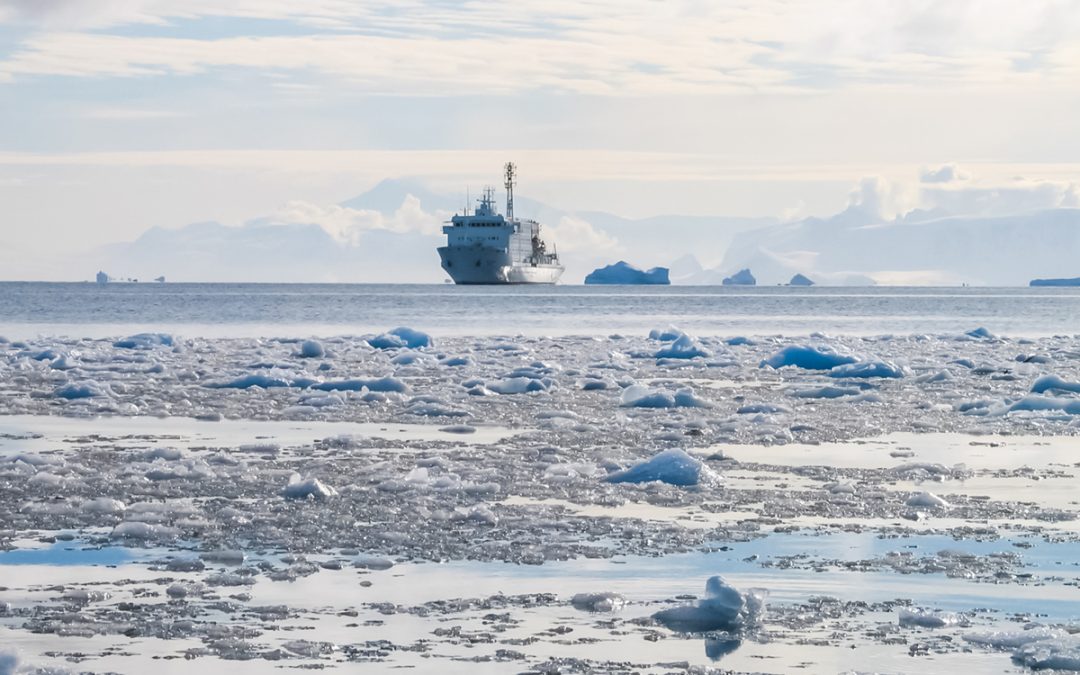Very Large Gas Carrier rates on the key Persian Gulf-Japan route reached near 35-month lows around $31.50/mt Feb. 2-5 before rebounding, as owners resisted chartering out spot ships at levels deemed below breakeven, shipping sources said.
VLGC freight was seen rising toward $40.50/mt Feb. 7 as a fixture was reported in the high-$30s on the Ras Tanura-Chiba route earlier in the week, though some shipping sources cautioned that the recovery would be moderate as underlying tonnage supply remained healthy.
“Owners were not willing to fix lower, seeming rates have hit the floor,” one shipping source said.
“There’s lots of activity on freight. Deals were seen in the mid-$80s to low-$90s/mt ex-US Gulf [to Japan]. And a ship was put on subjects at $40 ex-AG,” another shipping source said.
Freight on the Houston-Chiba route recovered to $90/mt Feb. 6 after hovering near 35-month lows at $70/mt over Feb. 1-5, S&P Global Commodity Insights data showed.
“The potential [open-ship] positions … seemed quite healthy still. But I think that shipowners feel the need to stand their ground, as levels are way below breakeven already. And they try to set a floor and push from there,” the second source said.
Agreeing with this view, a third shipping source said owners would think twice when market is at a low. “[But] I don’t see a massive recovery in shipping just yet, even though some length has disappeared, more vessels [are] looming right behind.”
When shipping levels were this low, “it is no surprise to see owners pushing for early dry-docking and the dry-docking schedule for this year seems quite large. But if this will have an impact on rates, I am not sure,” the third source added.
The market needed a much higher frequency of cargoes from the Middle East and the US to Asia, before the dry-docking schedule — which would remove open tonnage from the market for maintenance — would have an impact on VLGC rates, the third source said.
The volumes of spot cargoes from the Middle East have been limited of late, especially from Saudi Arabia, moderating spot charter requirements, traders said.
Freight plunges 80% since peak
VLGC rates on the key Persian Gulf-Japan route had reached a one-year low Jan. 19 as smoother management of ships transiting the Panama Canal led to quicker arrivals in Asia, where increased ship supply did not meet sufficient charters from Middle East cargo loadings, shipping sources said.
Freight started sliding from record highs of around $153.50/mt on Nov. 27, 2023, at the height of the Panama Canal transit restrictions that prompted long-haul voyages via the Cape of Good Hope and tied up ship supply.
About 20 newbuilds are due to arrive this year, of which up to 13 VLGCs are slated for first-quarter delivery, shipping sources said, estimating that even with ships taken off the market due to maintenance, it would not have too much impact on freight.
“I don’t see a big rebound in shipping just yet. We need FOB purchases and a larger volume of spot cargoes in the region for the Middle East Gulf market to jump up again, as well as it has to do so not only for a month but for a longer period of time,” the second shipping source said.
“It does not take much for the shipping market to go up or come back down again.”
Even with the rebound in freight, the spread between front-month March Argus Far East Index propane swap and Saudi Aramco Contract Price swap was pegged at a $15/mt discount Feb. 7. This pointed to a CFR North Asia market leveraging the underlying weak freight market and prevailing ample Western arbitrage shipments in Asia, versus relatively subdued FOB Middle East supply.
Some traders also attributed the higher CPs versus FEI swaps to Saudi Aramco’s announcement of February term CPs for propane at $630/mt and butane at $640/mt, both $10/mt above the January CPs, which exceeded market expectations.
“We need the AG market to push out more spot tons, otherwise, more vessels will just sail to the US Gulf and try their luck there. But this then brings the US shipping length further, which again slows down the upward trend in that region as well,” the second source said.
Source: Hellenic Shipping News






